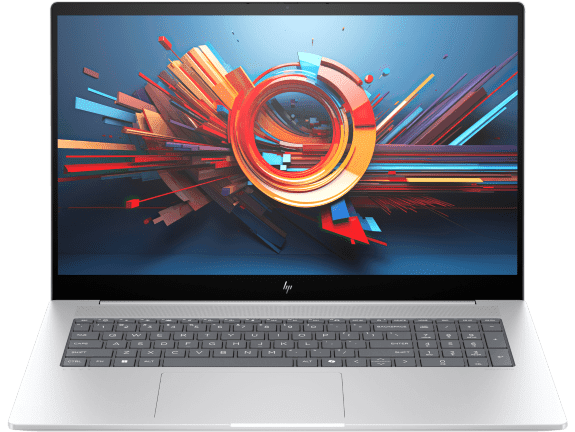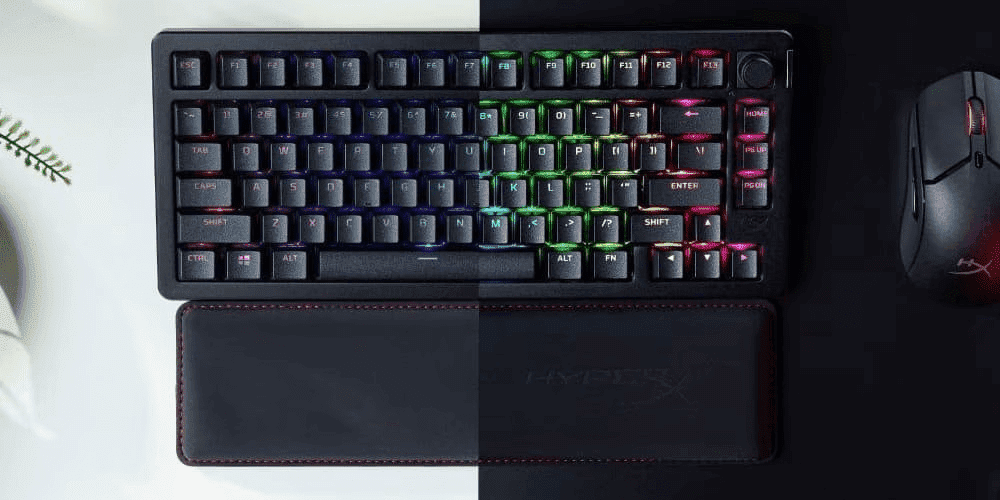Thank you for visiting the AUSTRALIA HP Store
-
Contact Us
CONTACT USCall us
- Sales
- 1300 540 516
- Technical support
- 13 23 47
Exc. public holidays
Chat with us- Our specialist are here to help
- Live Product Demo
- Sales
- 61288061500 (WhatsApp)
-

- Post Sales
- 61288061700(WhatsApp)
Exc. public holidays
Live product demo
Submit feedback We value your opinion! - My Account
How to Factory Reset Your Windows PC: A Step-by-Step Guide


If your Windows PC is acting up or you’re planning to sell it, performing a factory reset can help resolve issues and wipe your personal files. This guide will walk you through the process of factory resetting your Windows 10 or 11 PC, whether you’re using an HP laptop or desktop computer.
Why Perform a Factory Reset?
There are several reasons you might want to reset your PC to its factory settings:
-
Resolve persistent performance issues or errors
-
Remove malware or unwanted software
-
Prepare your computer for sale or donation
-
Start fresh with a clean installation of Windows
A factory reset will reinstall Windows and restore the operating system to its default settings.
Whatever your reason, it’s important to back up your important files before proceeding with a reset.
Backing Up Your Data
Before you begin the reset process, make sure to back up all your files, including any important documents, photos, or other data you want to keep. You can use an external hard drive, cloud storage service, or HP’s built-in backup tools to safeguard your information.
How to Factory Reset Windows 10
To reset your Windows 10 PC, follow these steps:
-
Click the Start menu and select the Settings icon (gear symbol) to open the settings app.
-
Navigate through the settings window by going to Update & Security > Recovery.
-
Under “Reset this PC,” click Get Started.
-
Choose whether to keep your files or remove everything.
-
Follow the on-screen prompts to complete the reset process.
How to Factory Reset Windows 11
The process for resetting Windows 11 is similar to Windows 10:
-
Open the Start menu and click the settings app.
-
Navigate through the settings window to System > Recovery.
-
Under “Reset this PC,” click Reset PC.
-
Choose your preferred option for keeping or removing files.
-
Follow the prompts to complete the reset.
Additional Reset Options
Both Windows 10 and 11 offer additional options during the reset process:
-
Cloud download: Downloads a fresh copy of Windows from Microsoft’s servers. Users can choose to download Windows during the reset process.
-
Local reinstall: Uses existing Windows files on your PC to perform the reset. Users can select the location to install Windows.
-
Clean data: Thoroughly erases your drive to prevent data recovery (recommended if selling your PC).
-
Installation files: Users can choose to use local installation files or download them from the cloud.
-
Change settings: Users can change settings to customize additional options during the reset process.
Resetting HP Laptops
HP laptops running Windows 10 or 11 follow the same reset process as outlined above. The reset process involves installing Windows from local storage or downloading it from the cloud. However, some older HP models may have additional recovery options:
HP Laptops with Windows 7 or 8
-
Restart your computer and press the appropriate function key (often F11) during startup.
-
Follow the on-screen instructions to access the recovery partition.
-
Choose the option to reset your PC to factory settings.
If you’re having trouble accessing the recovery partition, you may need to use recovery media or contact HP support for assistance. Holding the Shift key while clicking the Power icon and selecting Restart allows users to access troubleshooting options.
After the Reset
Once your PC has been reset, you’ll need to:
-
Set up Windows again with your preferred settings. During this setup process, you can choose to restore preinstalled apps to keep your files, apps, and settings in their original state.
-
Reinstall any necessary applications.
-
Restore your backed-up files and data.
Recommended HP Laptops
If you’re in the market for a new laptop after resetting your old one, consider these popular HP models:
HP Pavilion Laptop 16-af0087nr
-
Windows 11 Home
-
Intel® Core™ Ultra 7 processor
-
Intel® Graphics
-
16 GB memory; 512 GB SSD storage
-
16" diagonal WUXGA display
HP Envy Laptop 17-da0047nr
-
Windows 11 Home
-
Intel® Core™ Ultra 7 processor
-
Intel® Arc™ Graphics
-
16 GB memory; 512 GB SSD storage
-
17.3" diagonal FHD touch display
Conclusion
Factory resetting your Windows PC can be an effective way to resolve issues or prepare your device for a new user. By following the steps outlined in this guide, you can easily reset your HP laptop or desktop computer running Windows 10 or 11. Remember to always back up your important data before performing a reset, and consider upgrading to a new HP laptop if your current device no longer meets your needs.
- Sales
- 1300 540 516
- Technical support
- 13 23 47
Exc. public holidays
- Our specialist are here to help
- Live Product Demo
- Sales
- 61288061500 (WhatsApp)
-

- Post Sales
- 61288061700(WhatsApp)
Exc. public holidays
Live product demo










